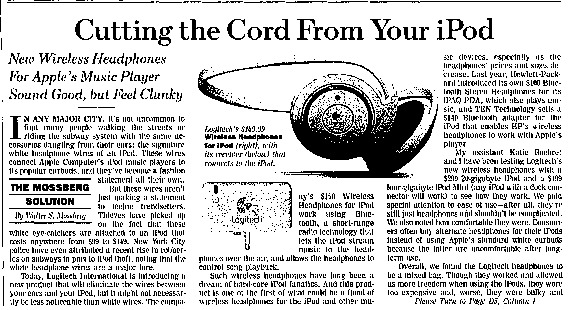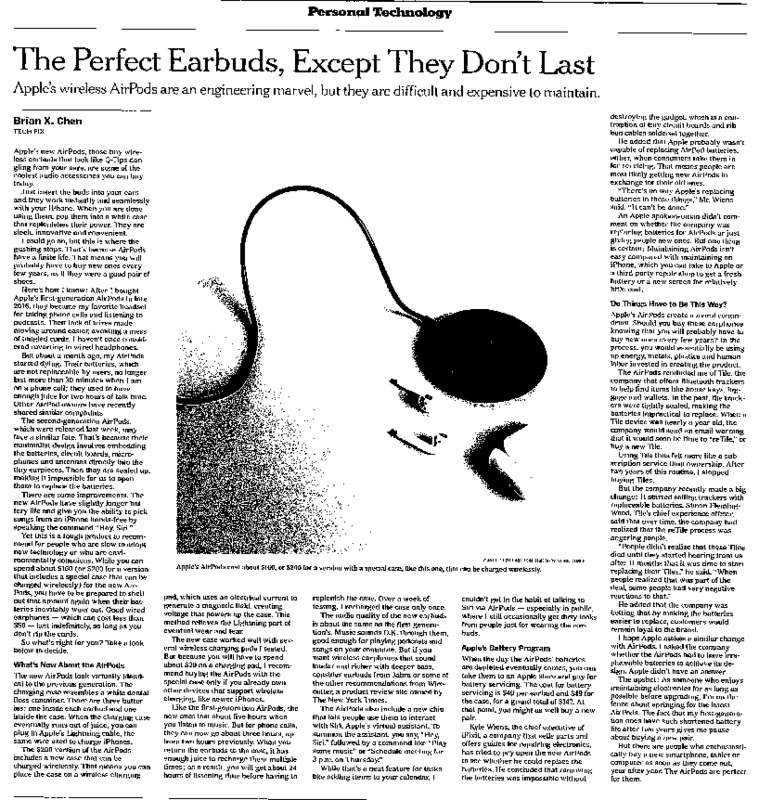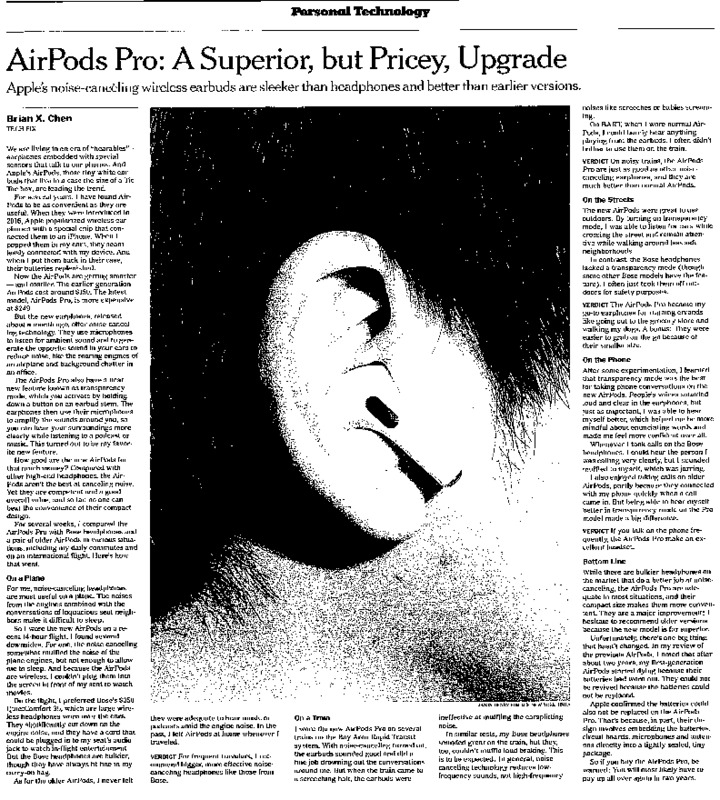Apple Headphones
The development of Apple headphones has been an interesting journey that demonstrates the company's dedication to design, innovation, and user experience. These articles take a look at some of the first and latest models of Apple headphones. On this page, we will examine a couple of the major changes in the development of Apple headphones.
Originally known as "earphones" or "headphones," the early earbuds were frequently sold alongside portable music players like Apple's 2001 iPod. These earbuds are small and light for convenient carrying, and they are made to put sound straight into the ears of the listener. Although they offered a portable option for listening to music, many users thought the sound quality was inferior to that of bigger, over-ear headphones. Earbud technology has advanced dramatically over time as a result of manufacturers adding features including higher music quality, noise cancellation, and more comfortable designs.
Apple updated its earphones and released them as "EarPods" in 2012, the same year the iPhone 5 was released. Since the early 2000s, Apple products have come with EarPods in place of the original earphones. In comparison to their predecessors, the EarPods had a more ergonomic design and a form that was meant to fit a larger variety of ear shapes more comfortably. They also sought to deliver enhanced bass response and higher sound quality. To more effectively guide sound into the ear canal, a speaker port was incorporated into the design at the base of the stem. The EarPods also came with a microphone and remote control attached to the cord, so users could take calls, change the music playing, and adjust the volume without having to get to their device.
Apple introduced the AirPods, a groundbreaking line of wireless earphones, in 2016. With features like automatic pairing and iCloud syncing, these earbuds completely eliminated the need for cables and offered seamless connection with Apple products, marking a huge advancement in both technology and design. The goal of the AirPods' design was to give users the best wireless experience possible while producing music of the highest caliber. In comparison to conventional Bluetooth headphones, the W1 chip provided improved wireless range and efficiency and made pairing with Apple devices simple. Intelligent features like automated ear detection, which stopped music playback when an AirPod was taken out of the ear and resumed when it was put back in, were also introduced by AirPods. Since their launch, AirPods have gained enormous popularity and established the industry standard for wireless earphones. As a result, many other companies have entered the market with their own takes on truly wireless headphones. With later revisions, Apple has kept improving the AirPods lineup by adding capabilities like active noise cancellation and spatial audio to improve the user experience even more.
Apple introduced AirPods Pro in 2019, building on the popularity of the original AirPods. Features including active noise cancellation, a silicone ear tip fit customization system, and an improved water and perspiration resistance design were all introduced with these high-end wireless earbuds. Users looking for enhanced functionality and better audio quality for more immersive listening experiences were catered to with AirPods Pro. In the article AirPods Pro: A Superior, but Pricey, Upgrade by Brian Chen. He examines the pros and cons of buying the new version of the 2016 version. Is the price worth buying?
2020 saw Apple make its foray into the market for high-end over-ear headphones with the release of the AirPods Max. For consumers looking for a more immersive audio experience, the AirPods Max provided a bigger, over-ear design in contrast to the in-ear AirPods. Premium materials like stainless steel and breathable mesh fabric were used in the creation of the AirPods Max, which had a clean and simple appearance. With specially crafted drivers, they provided high-fidelity audio that produced rich, detailed sound over a broad frequency range. The Active Noise Cancellation (ANC) technology of the AirPods Max was one of its best features; it blocked out background noise and offered a concentrated listening experience by utilizing a mix of microphones and sophisticated algorithms. The headphones also included a transparency mode that let users hear their surroundings while listening to music.


